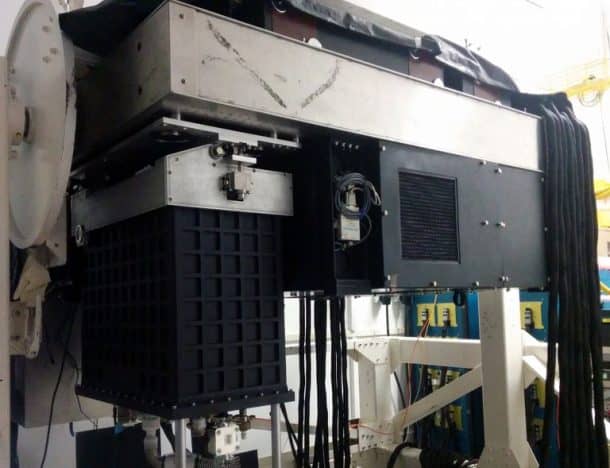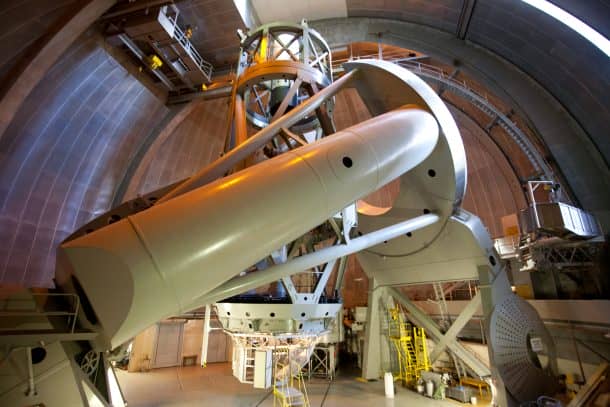Researchers have been putting huge efforts to find signs of life in the universe. While the exoplanetary explorers like Kepler Space Telescope and Tess spacecraft continue to discover these planets. The physicists and astronomers are still trying to get all the help that they can get. A team of researchers from the University of California has developed a powerful new instrument to detect the planets. This device is so far the world’s largest and highly advanced superconducting camera. It is capable of distinguishing a planet’s light from its star.

The camera is named as DARKNESS. It stands for the DARK-speckle Near-infrared Energy-resolved Superconducting Spectrophotometer. It is a 10,000-pixel field spectrograph which gives researchers the clearest image. It uses microwave kinetic inductance detectors which allow the researchers to get a better picture of planets by their nearby stars. US Santa Barbara physicist Benjamin Mazin talked about the development on this superpowered camera and said, “Taking a picture of an exoplanet is extremely challenging because the star is much brighter than the planet, and the planet is very close to the star.”
DARKNESS is specifically built to overcome the most frustrating technical barriers which are present in other planetary detection systems. It manages to produce thousands of frames per second without a read noise or dark current. These two elements are the biggest issue with any light-registering instrument. DARKNESS can also calculate the wavelength and arrival time of every photon. A statement given by the researchers’ states, “This technology will lower the contrasting floor so that we can detect fainter planets. We hope to approach the photon noise limit, which will give us contrast ratios close to 10-8, allowing us to see planets 100 million times fainter than the star. At those contrast levels, we can see some planets in reflected light, which opens up a whole new domain of planets to explore. The really exciting thing is that this is a technology pathfinder for the next generation of telescopes.”

DARKNESS is built to work with other imaging technologies. It is designed to pair with the 200-inch Hale telescope found in the Palomar Observatory in California. During its time in the Palomar, it was used four times. The team is planning to head back to Palomar in May in order to get more data and improve the contrast ratio of the images. Mazin gave a statement and said, “Our hope is that one day we will be able to build an instrument for the Thirty Meter Telescope planned for Mauna Kea on the island of Hawaii or La Palma. With that, we’ll be able to take pictures of planets in the habitable zones of nearby low mass stars and look for life in their atmospheres. That’s the long-term goal and this is an important step toward that.”


